Home>Garden Essentials>What Type Soil Mix For Lavender
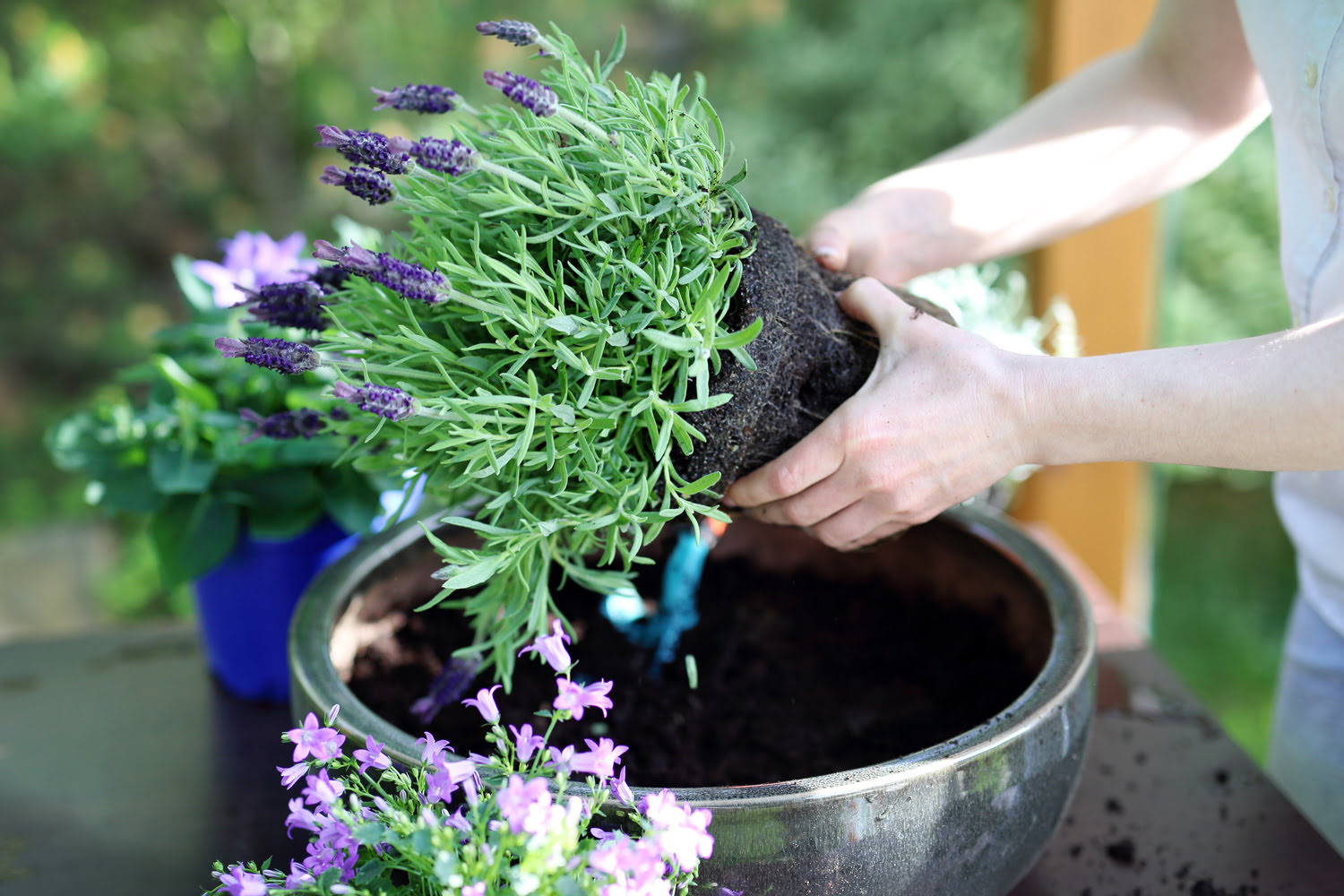

Garden Essentials
What Type Soil Mix For Lavender
Modified: March 15, 2024
Find the perfect garden soil mix for growing lavender. Learn which type of soil is best for lavender plants and ensure a thriving garden.
(Many of the links in this article redirect to a specific reviewed product. Your purchase of these products through affiliate links helps to generate commission for Storables.com, at no extra cost. Learn more)
Introduction
Gardening is a delightful hobby that allows us to connect with nature, relax, and take pride in watching our plants grow and thrive. When it comes to growing specific plants like lavender, choosing the right soil mix is essential for their overall health and success. Lavender, with its stunning flowers and aromatic fragrance, requires specific conditions to flourish, and having the correct soil mix is paramount in providing those conditions.
The soil mix serves as the foundation for the growth of lavender plants. It provides essential nutrients, proper drainage, and aeration, ensuring that the roots can establish themselves and absorb water and nutrients efficiently. The right soil mix contributes to the overall health, vigor, and longevity of lavender plants, allowing them to reach their full potential.
In this article, we will explore the importance of a suitable soil mix for lavender and discuss the factors to consider when choosing and preparing it. By the end, you will be equipped with the knowledge to create an optimal soil mix for your lavender plants and ensure their thriving growth.
Key Takeaways:
- Lavender plants thrive in well-draining, slightly alkaline soil with organic matter. Proper soil mix ensures healthy growth, abundant blooms, and resistance to pests and diseases.
- Avoid common mistakes like over-watering and neglecting soil pH to create an optimal soil mix for thriving lavender plants. Prioritize drainage, organic matter, and proper spacing.
Read more: What Type Of Soil Mix To Use For Raised Beds
Importance of Soil Mix for Lavender
The importance of a proper soil mix for lavender cannot be overstated. Lavender plants have unique requirements when it comes to soil composition, drainage, and moisture retention. Providing the ideal soil mix is crucial for their overall health, growth, and ability to withstand various environmental conditions.
Firstly, the soil mix plays a vital role in the drainage of water around the lavender’s root zone. Lavender plants are native to Mediterranean regions and have adapted to survive in sandy, well-draining soils. Consistently wet soil can lead to root rot and other fungal diseases that can harm or even kill the lavender plant. Therefore, a well-draining soil mix enables excess water to escape quickly, preventing waterlogged conditions and ensuring the roots remain healthy and oxygenated.
Secondly, the soil mix provides the necessary nutrients for lavender plants to thrive. While lavender is a relatively low-maintenance plant, it still requires certain nutrients for robust growth and blooming. The soil mix should contain organic matter, such as compost or aged manure, which releases essential nutrients slowly over time. Additionally, a mix that is slightly alkaline with a pH level between 7 and 8 is ideal for lavender as it mimics the alkaline soils of its native habitat.
Moreover, the soil mix also influences the moisture retention ability of the soil. Lavender plants prefer moderately dry conditions and can tolerate drought to some extent. Therefore, the soil mix should strike a balance between providing enough moisture for the lavender’s needs while also allowing excess water to drain away. A sandy soil mix with good water retention properties, achieved through the addition of organic matter, can provide the balance lavender plants require.
Lastly, the soil mix contributes to the overall anchorage and stability of lavender plants. Lavender plants have a shallow root system, and a well-structured soil mix ensures they have a stable base for support. This is especially important during windy conditions, as the plant needs to withstand the force of the wind without being uprooted or damaged.
By providing a soil mix tailored to lavender’s specific needs, gardeners can ensure healthy plant growth, abundant blooms, and increased resistance to pests and diseases. It sets the foundation for a thriving lavender garden, where you can enjoy the beauty and fragrance of these wonderful plants.
Factors to Consider When Choosing a Soil Mix
When it comes to choosing a soil mix for lavender, several factors must be taken into consideration. Each factor directly impacts the overall health and growth of the lavender plants. By understanding these factors, you can make an informed decision and create the ideal soil mix for your lavender garden.
1. Drainage: Lavender plants thrive in well-draining soils. Excess moisture can lead to root rot and other fungal diseases. Therefore, choose a soil mix that provides optimal drainage to prevent waterlogged conditions. Sandy loam or a mixture of sand, compost, and perlite can improve drainage.
2.
3. Soil pH: Lavender plants prefer a slightly alkaline soil with a pH level between 7 and 8. Test the pH of your soil, and if it is acidic, you may need to amend it with lime to raise the pH. Alternatively, choose a potting mix specifically formulated for lavender that has the correct pH balance.
4. Organic Matter: Lavender plants benefit from organic matter in the soil mix. Compost, aged manure, or peat moss can improve soil structure and provide essential nutrients to the plants. Ensure that the organic matter is well-composted to avoid introducing weed seeds or pathogens to the soil.
5. Aeration: Lavender requires good airflow around its roots. Incorporate materials like perlite or pumice into the soil mix to improve aeration and prevent compaction. This allows the roots to access ample oxygen and promotes their healthy growth.
6. Texture: The soil mix should have a sandy or loamy texture to provide the right balance of drainage and moisture retention. Avoid heavy clay soils, as they can lead to poor drainage and restrict root development.
7. Nutrient Content: While lavender is not a heavy feeder, it still requires some nutrients to thrive. A soil mix enriched with slow-release organic fertilizers or well-balanced plant nutrients can ensure that the plants receive the necessary nutrition for healthy growth and blooming.
When choosing a soil mix, consider the specific needs of the lavender plant and the environmental conditions in your area. Taking these factors into account will help you create an optimal soil mix that provides the right conditions for your lavender plants to flourish.
Ideal Composition for a Soil Mix for Lavender
The ideal composition of a soil mix for lavender consists of specific ingredients that provide the perfect balance of drainage, moisture retention, aeration, and nutrient content. This composition ensures optimal conditions for lavender plants to thrive. Here are the key components to consider when creating a soil mix for lavender:
1. Sandy Loam: Lavender plants prefer a well-draining soil mix, and sandy loam is an excellent choice. Sandy loam contains a balanced combination of sand, silt, and clay particles. It allows water to drain freely while retaining enough moisture for the plants’ needs.
2. Organic Matter: Incorporating organic matter into the soil mix improves its structure and provides essential nutrients. Compost or aged manure enriches the soil with organic material, enhancing its water-holding capacity and promoting beneficial microbial activity.
3. Perlite or Vermiculite: These additives improve the soil’s drainage and aeration. They create air pockets within the soil mix, ensuring that the roots receive adequate oxygen. This is particularly important for lavender plants’ shallow root system.
4. Limestone (Calcium carbonate): Lavender plants prefer slightly alkaline soil with a pH level between 7 and 8. If your soil is acidic, adding limestone can help raise the pH and create the optimal alkaline environment for lavender growth.
5. Slow-Release Fertilizer: While lavender is not a heavy feeder, providing some balanced nutrients is beneficial. Adding a slow-release organic fertilizer to the soil mix ensures a steady supply of nutrients that can support the overall growth and blooming of lavender plants.
It’s important to remember that the ideal composition of a soil mix may vary depending on the specific requirements of lavender cultivars and the climate in your area. Some lavender varieties may prefer slightly different soil conditions. Therefore, it is advisable to do some research or consult with local gardening experts to tailor the soil mix composition to your specific lavender variety.
When preparing the soil mix, aim for a well-balanced combination of these ingredients. Mix them thoroughly to ensure uniform distribution. The resulting soil mix should have a slightly loose texture, allowing for proper drainage and root development.
By creating a soil mix with these ideal components, you provide lavender plants with the best possible growing medium. This supports their overall health, increases blooming potential, and helps the plants establish and thrive in your garden.
When planting lavender, use a well-draining soil mix with a sandy or gravelly texture to mimic its native Mediterranean environment. Avoid heavy clay soils to prevent waterlogging.
Preparing the Soil Mix for Lavender Planting
Preparing the soil mix properly is crucial for the success of your lavender plants. Follow these steps to ensure the soil is well-prepared before planting:
1. Clear the planting area: Begin by removing any weeds, rocks, or debris from the planting area. This will provide a clean and unobstructed space for your lavender plants to grow.
2. Amend the soil: Test the pH level of the soil using a pH testing kit. Lavender plants prefer slightly alkaline soil with a pH range of 7 to 8. If the pH is too low (acidic), add agricultural lime to raise the pH and bring it within the appropriate range.
3. Add organic matter: Improve the soil texture and fertility by incorporating organic matter such as well-aged compost or aged manure. Spread a layer of organic matter over the planting area and work it into the top few inches of soil using a garden fork or tiller.
4. Incorporate drainage aids: To ensure proper drainage, add drainage aids like perlite or vermiculite to the soil mix. These materials create air pockets and improve the soil’s ability to drain excess water, preventing waterlogged conditions that can harm lavender plants.
5. Blend the soil mix: Thoroughly mix all the ingredients, including the soil, organic matter, and drainage aids. Use a garden fork or shovel to combine the components until they are evenly distributed throughout the soil mix.
6. Remove large clumps and stones: Break up any large clumps of soil and remove any stones or debris that could hinder root growth or impede proper plant establishment.
7. Prepare planting holes: Dig planting holes that are slightly larger and wider than the root balls of your lavender plants. Space the holes according to the recommended planting distance for the specific lavender variety you are growing.
8. Fill the holes with the soil mix: Place a layer of the prepared soil mix in the planting hole, making sure it is level with the surrounding ground. Gently tamp down the soil to remove any air pockets and provide stability for the lavender plants.
9. Plant the lavender: Carefully remove the lavender plant from its container and place it in the planting hole. Ensure that the top of the root ball is level with or slightly above the soil surface. Backfill the hole with the soil mix, gently firming it around the plant’s base.
10. Water thoroughly: After planting, water the lavender plants thoroughly to settle the soil and ensure good root-to-soil contact. Allow the excess water to drain away, and avoid overwatering in the following weeks.
By following these steps, you can prepare a well-drained, nutrient-rich soil mix that provides optimal conditions for your lavender plants. Proper soil preparation sets the stage for healthy growth, vigorous blooming, and long-term success in your lavender garden.
Read more: What Soil Mix For Succulents
Maintaining the Soil Mix for Healthy Lavender Growth
Maintaining the proper soil conditions is essential for ensuring the healthy growth of your lavender plants. By implementing these practices, you can optimize the soil mix and provide an ideal environment for your lavender to thrive:
1. Monitor moisture levels: Lavender plants prefer slightly dry conditions, so it’s important to avoid overwatering. Check the soil moisture regularly by inserting your finger into the soil. Water only when the top inch or two feels dry. Overwatering can lead to root rot and other fungal diseases, so it’s crucial to strike the right balance.
2. Mulch: Apply a layer of organic mulch around the base of your lavender plants. Mulching helps retain soil moisture by reducing evaporation, regulates soil temperature, and suppresses weed growth. Use materials like straw, wood chips, or shredded leaves, and ensure the mulch is kept away from the stem to prevent rotting.
3. Regularly weed: Keep the area around your lavender plants weed-free. Weeds compete for nutrients and moisture, which can hinder the growth of your lavender. Regularly weed the area by hand or use a shallow hoe to avoid damaging the shallow lavender roots.
4. Fertilize judiciously: Lavender doesn’t require heavy fertilization, but a light application of a balanced organic fertilizer can provide the necessary nutrients. Apply a slow-release fertilizer once or twice a year, following the manufacturer’s instructions. Avoid over-fertilizing, as this can lead to excessive leaf growth rather than promoting flower production.
5. Prune to maintain shape: Regular pruning helps maintain the shape and size of your lavender plants. Prune right after the flowering period, cutting back about one-third of the plant’s height. This encourages compact growth and stimulates the production of more flowers. Additionally, pruning promotes airflow and prevents the lavender from becoming dense, reducing the risk of fungal diseases.
6. Inspect for pests and diseases: Monitor your lavender plants regularly for signs of pests or diseases. Common pests include aphids, spider mites, and lavender leafhoppers. If you notice any infestations, treat them promptly using organic insecticidal soap or neem oil. Additionally, promptly remove any diseased or damaged plant parts to prevent the spread of diseases.
7. Refresh the soil mix: Over time, the soil mix can compact and lose its structure. Every few years, consider refreshing the soil mix by adding organic matter, such as compost or well-aged manure. This replenishes nutrients and improves soil structure, ensuring continued healthy growth for your lavender plants.
By following these maintenance practices, you can ensure the longevity and vitality of your lavender plants. Consistently monitoring moisture levels, implementing proper mulching and weeding practices, providing judicious fertilization, regular pruning, and addressing pest and disease issues will help create an optimal soil environment for healthy lavender growth.
Common Mistakes to Avoid When Preparing a Soil Mix for Lavender
Preparing the right soil mix for lavender is crucial for the success of your plants. However, there are common mistakes that gardeners should avoid to ensure optimal growth and health. Here are some mistakes to steer clear of when preparing a soil mix for lavender:
1. Using heavy clay soils: Lavender plants thrive in well-draining soil. Avoid using heavy clay soils, as they can retain too much moisture, resulting in root rot and other fungal diseases. Instead, opt for a soil mix that provides proper drainage, such as sandy loam or a mixture of sand, compost, and perlite.
2. Overlooking soil pH: Lavender prefers slightly alkaline soil with a pH level between 7 and 8. Neglecting to test and adjust the pH of the soil mix accordingly can hinder lavender growth. Test the pH and adjust it with lime if necessary to create the ideal alkaline environment for your plants.
3. Skipping organic matter: Organic matter improves soil fertility, structure, and water-holding capacity. Neglecting to add well-aged compost or aged manure to the soil mix can deprive the lavender plants of essential nutrients and result in poor growth. Incorporate organic matter to provide a nutrient-rich environment for your lavender plants.
4. Using poor drainage aids: Improper drainage aids or the lack thereof can lead to waterlogged soil and root rot. Using inadequate drainage aids or not incorporating them into the soil mix can hinder lavender plant growth and invite diseases. Opt for materials like perlite or vermiculite to improve drainage and aeration.
5. Over-watering: Lavender plants are adapted to drier conditions and prefer slightly dry soil. Over-watering can lead to root rot and other issues. It’s essential to monitor the soil moisture levels and water only when the top inch or two of soil feels dry. Avoid the temptation to over-water, as this can be detrimental to lavender growth.
6. Using excessive fertilizer: Lavender is a relatively low-maintenance plant and does not require heavy fertilization. Applying excessive amounts of fertilizer can lead to excessive leaf growth at the expense of flower production. It’s important to use a slow-release organic fertilizer and follow the recommended dosage to avoid over-fertilization.
7. Ignoring plant spacing: Plant spacing is crucial to provide adequate airflow and prevent overcrowding. Ignoring proper spacing can lead to poor air circulation, increased humidity, and the spread of diseases. Follow the recommended spacing guidelines for the specific lavender variety you are planting to ensure healthy and vigorous growth.
By avoiding these common mistakes, you can ensure an appropriate soil mix for your lavender plants. Providing a well-draining soil, maintaining the right pH level, incorporating organic matter, using proper drainage aids, monitoring watering, practicing appropriate fertilization, and following recommended plant spacing will set the foundation for successful lavender cultivation.
Conclusion
Creating the right soil mix for lavender is essential for the health, growth, and success of your plants. Lavender, with its stunning flowers and captivating fragrance, adds beauty and an enchanting atmosphere to any garden. By understanding the importance of a suitable soil mix and considering the various factors involved, you can create an optimal growing environment for your lavender plants.
When preparing a soil mix for lavender, it is crucial to prioritize factors such as drainage, moisture retention, soil pH, organic matter, aeration, and nutrient content. Choosing the ideal composition that incorporates these elements sets the stage for strong root development, proper nutrient absorption, and overall plant vitality.
Maintaining the soil mix is equally important. Regular monitoring of moisture levels, proper mulching, judicious fertilization, diligent weed control, regular pruning, and timely pest and disease management all contribute to healthy lavender growth. By implementing these practices, you can help your lavender plants thrive and achieve their full potential.
Avoiding common mistakes such as using heavy clay soils, neglecting soil pH adjustment, skipping organic matter, improper drainage aids, over-watering, excessive fertilization, and ignoring appropriate plant spacing is crucial in ensuring the well-being of your lavender plants. By being mindful of these mistakes, you can avoid potential issues and set the foundation for successful lavender cultivation.
In conclusion, preparing and maintaining a suitable soil mix for lavender is vital for their overall health and vigor. By providing a well-draining, nutrient-rich, and balanced environment, you can support healthy growth, promote abundant blooming, and create a vibrant and fragrant lavender garden that will bring joy and relaxation for years to come.
Frequently Asked Questions about What Type Soil Mix For Lavender
Was this page helpful?
At Storables.com, we guarantee accurate and reliable information. Our content, validated by Expert Board Contributors, is crafted following stringent Editorial Policies. We're committed to providing you with well-researched, expert-backed insights for all your informational needs.
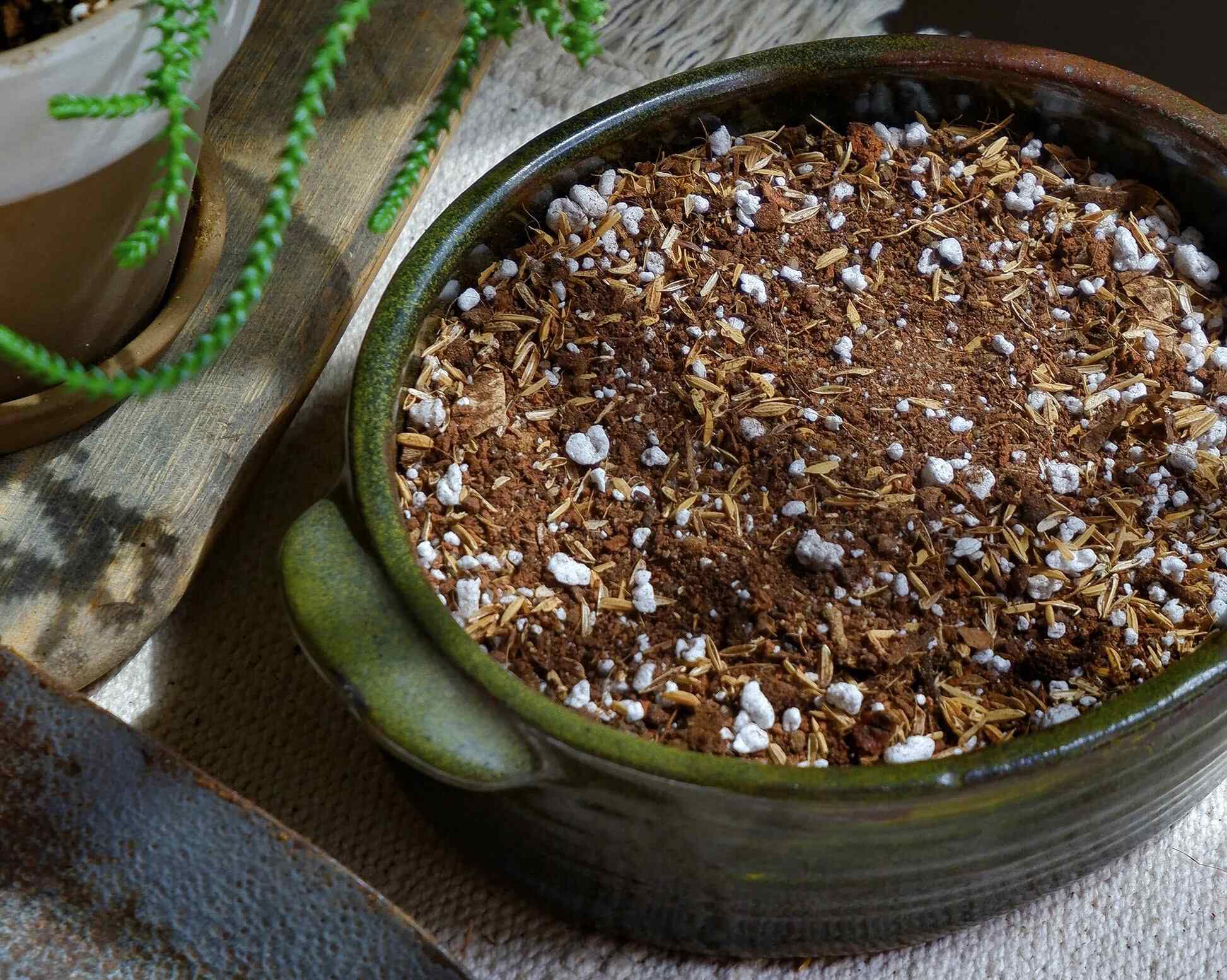
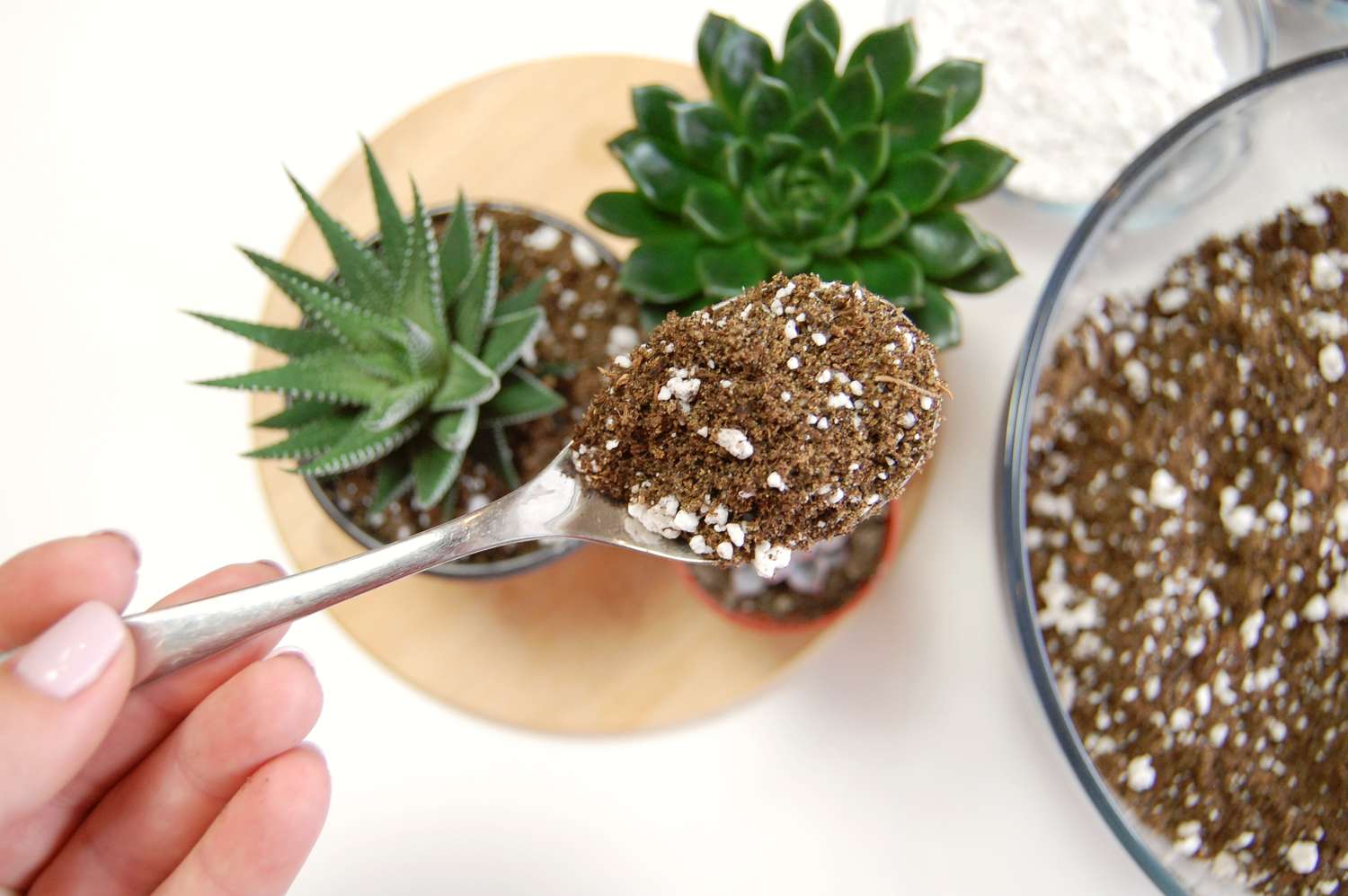
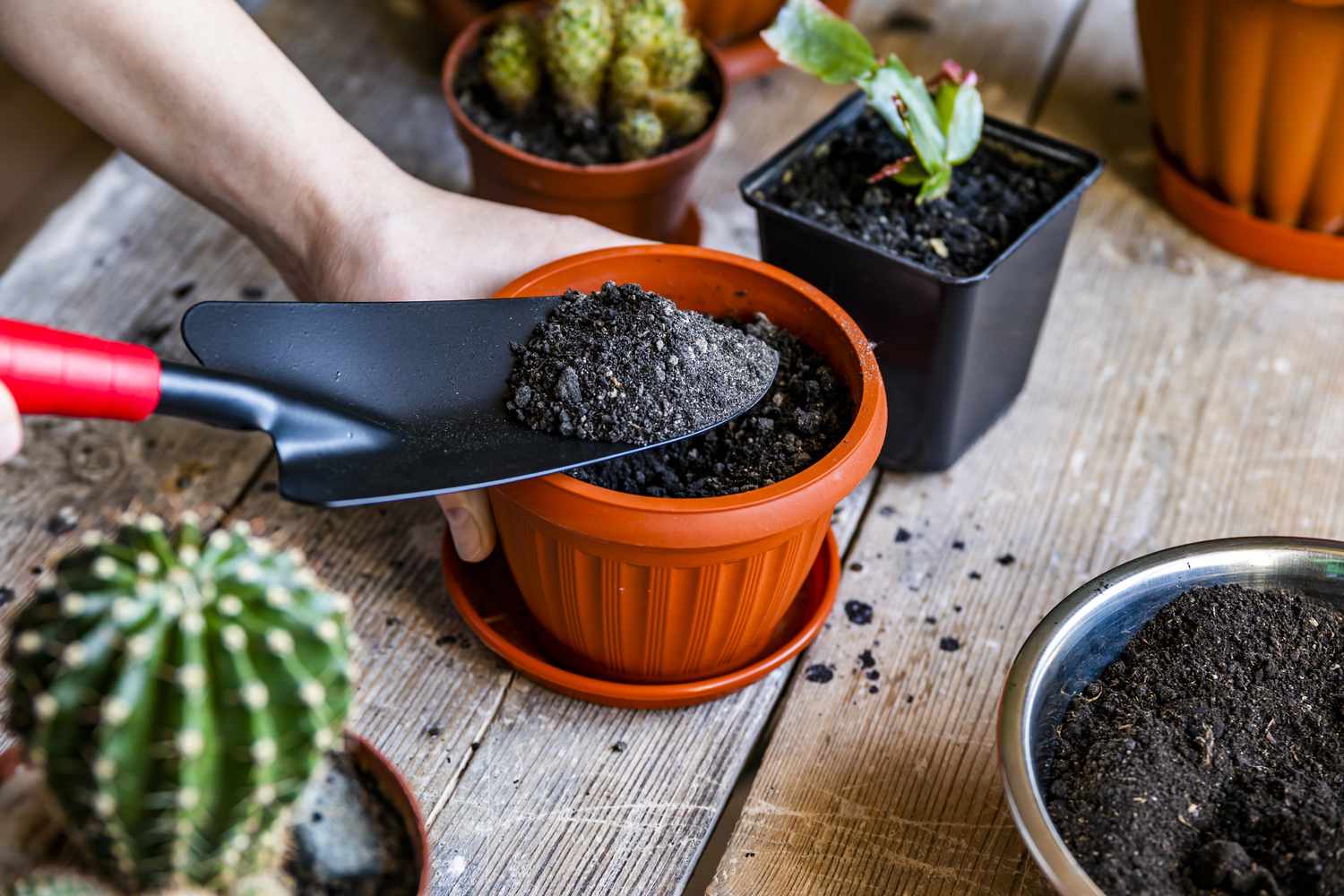
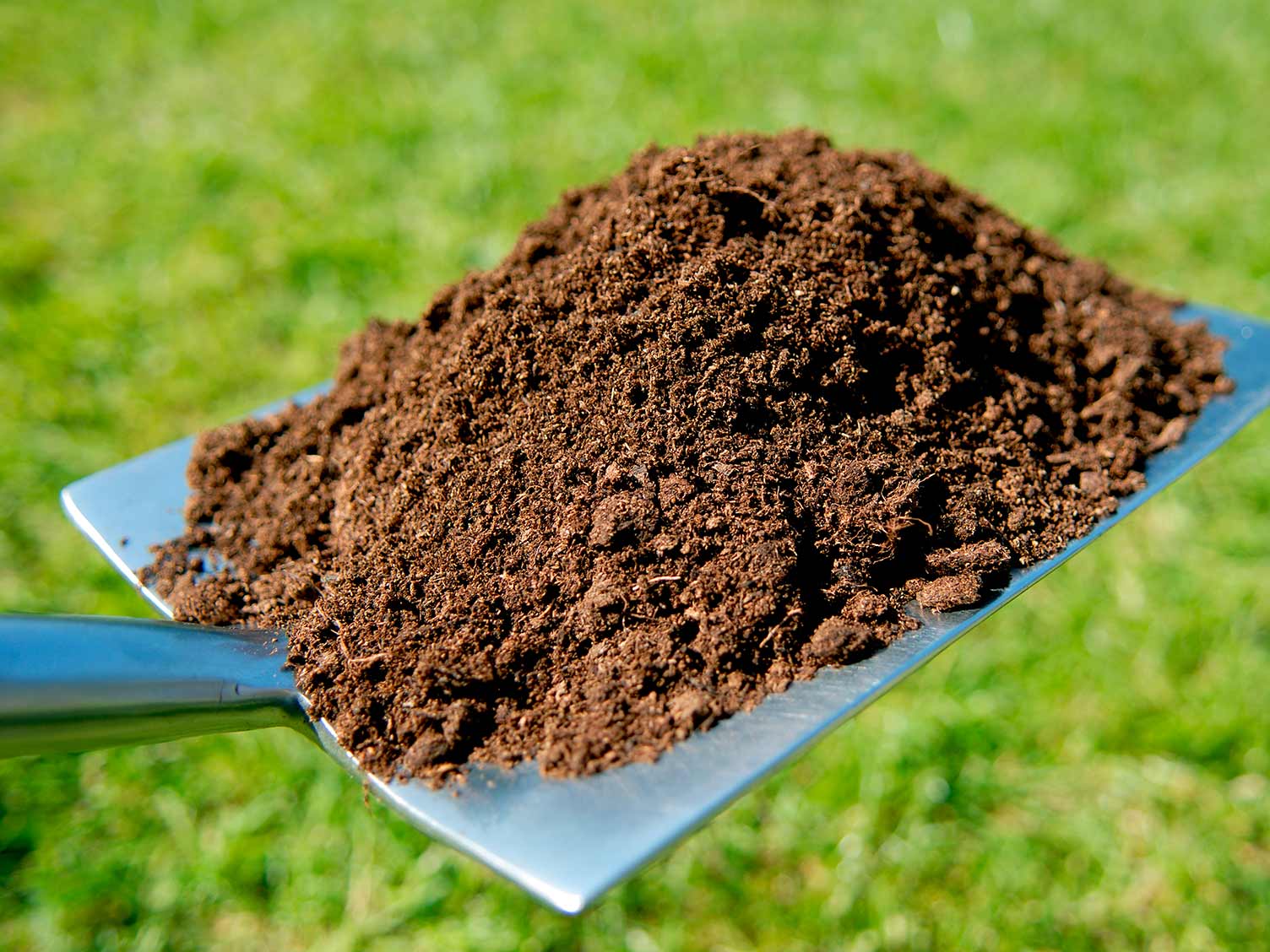

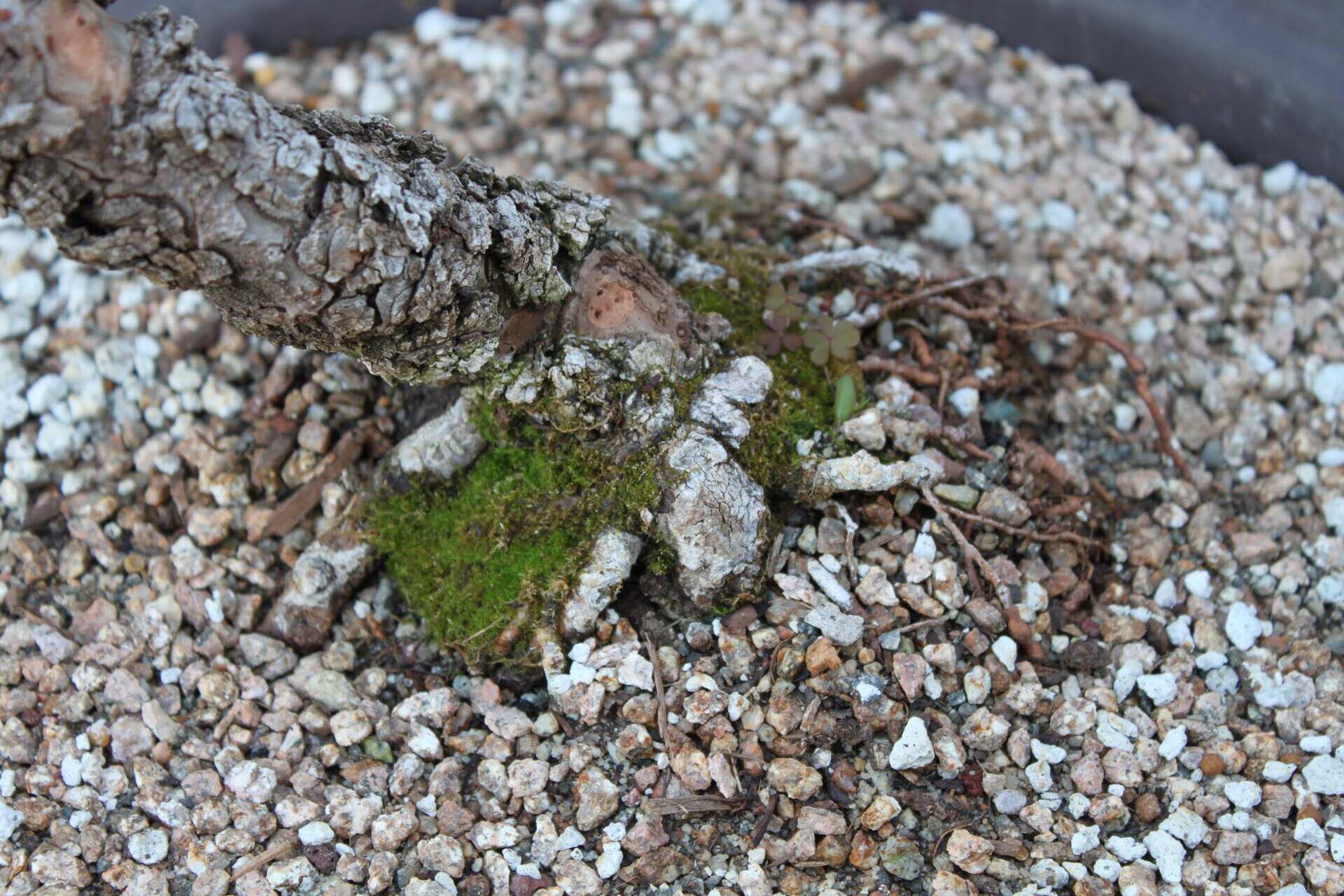

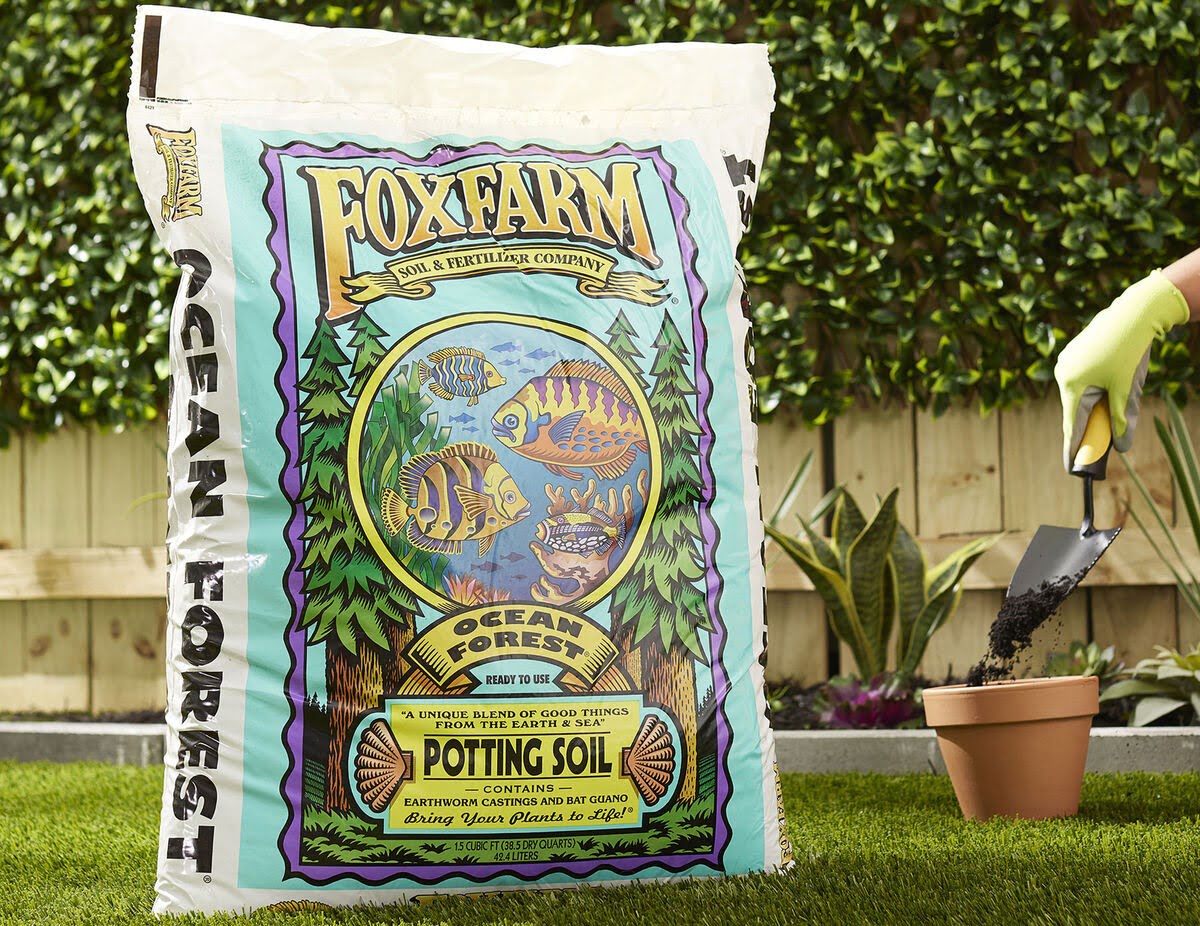
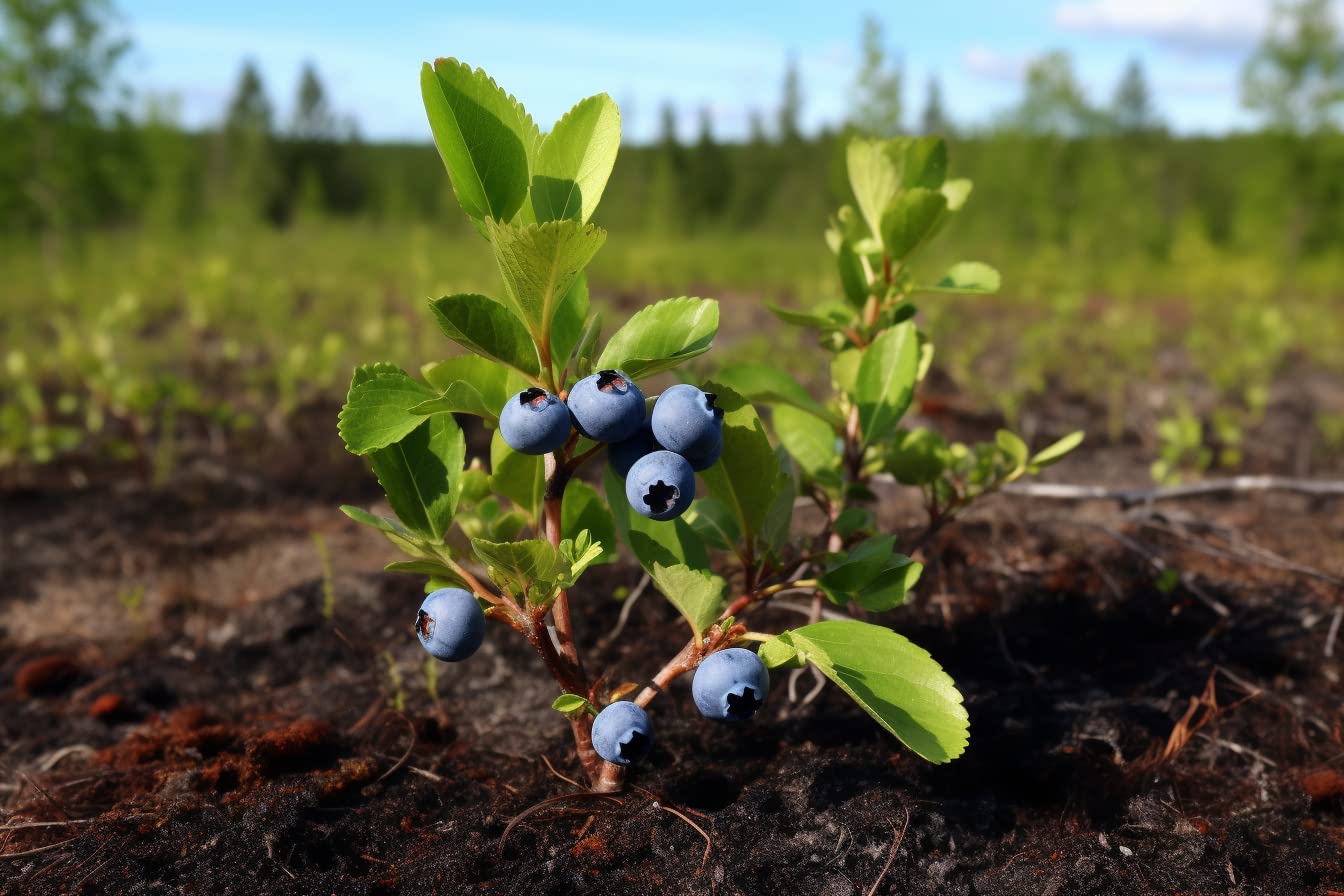
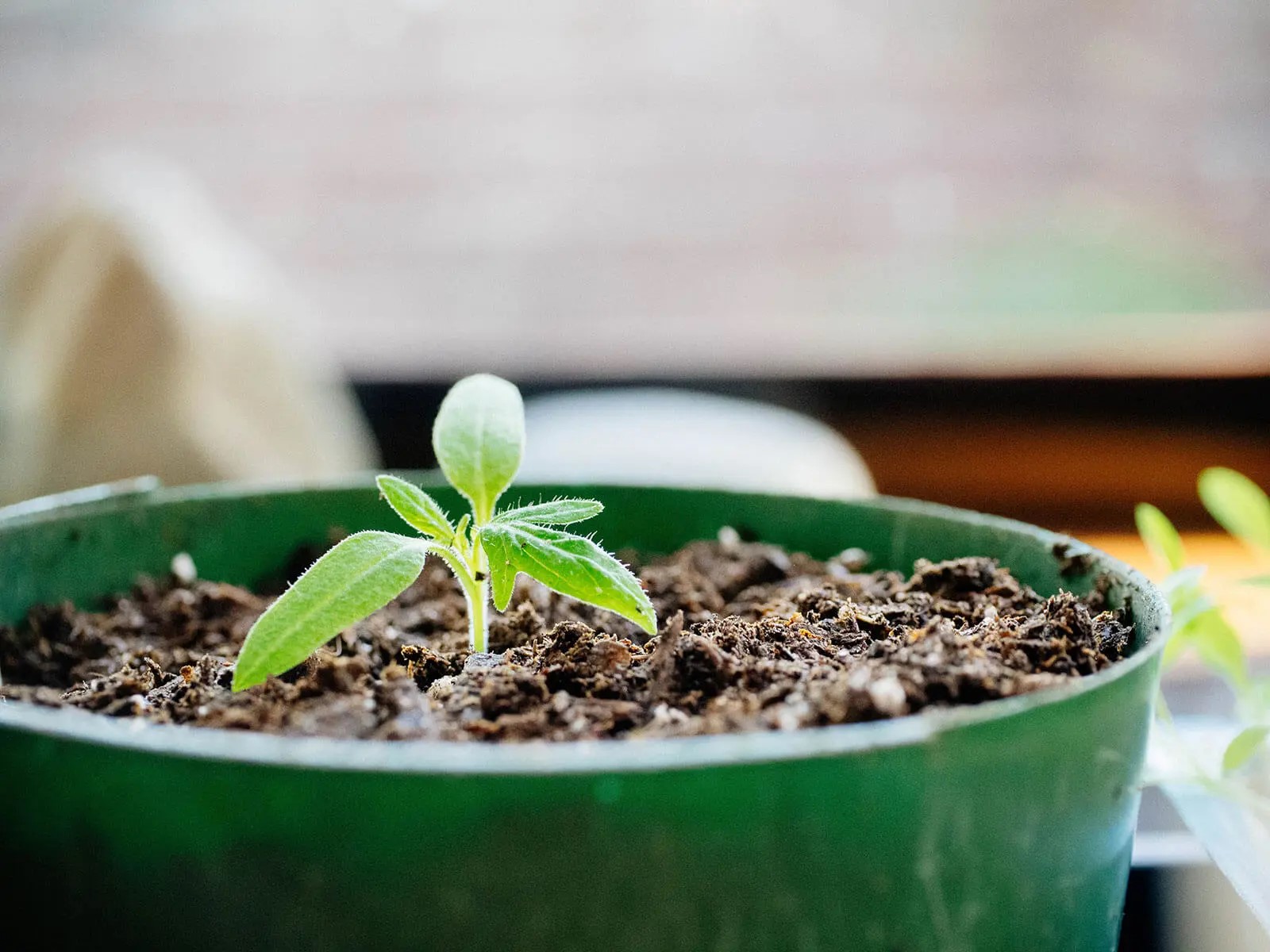
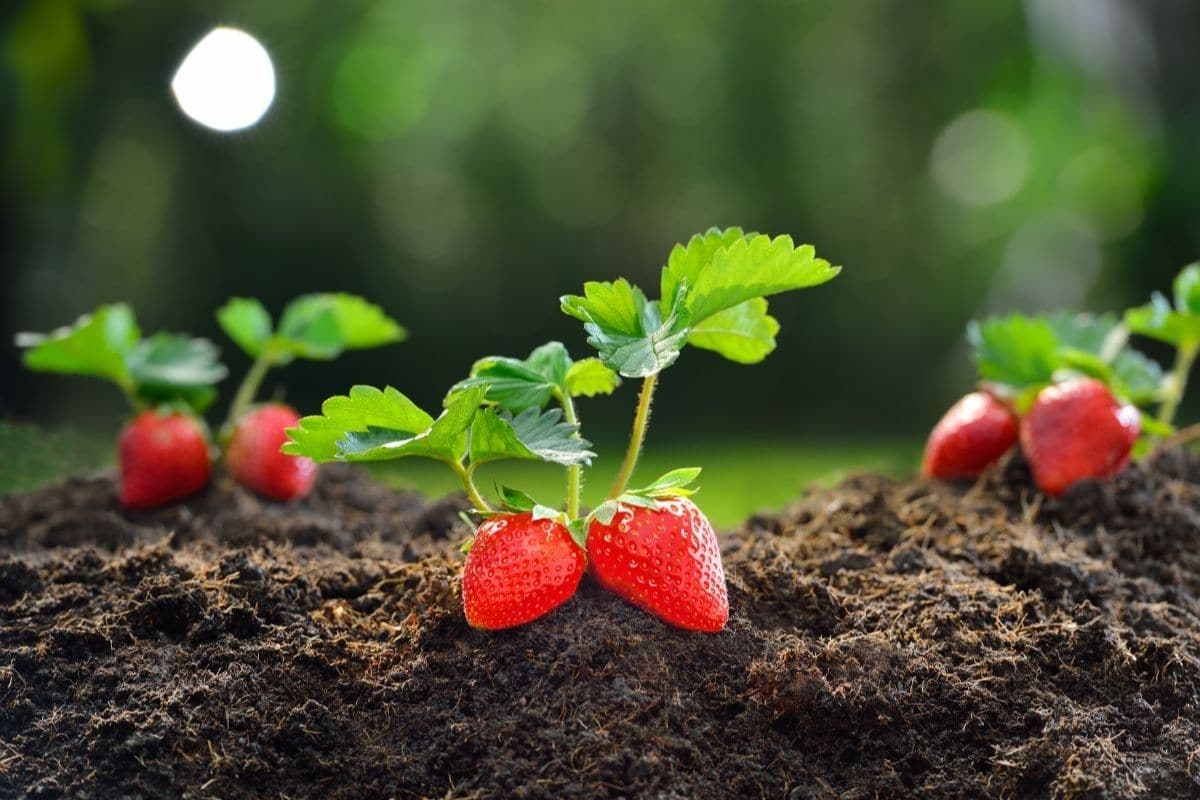
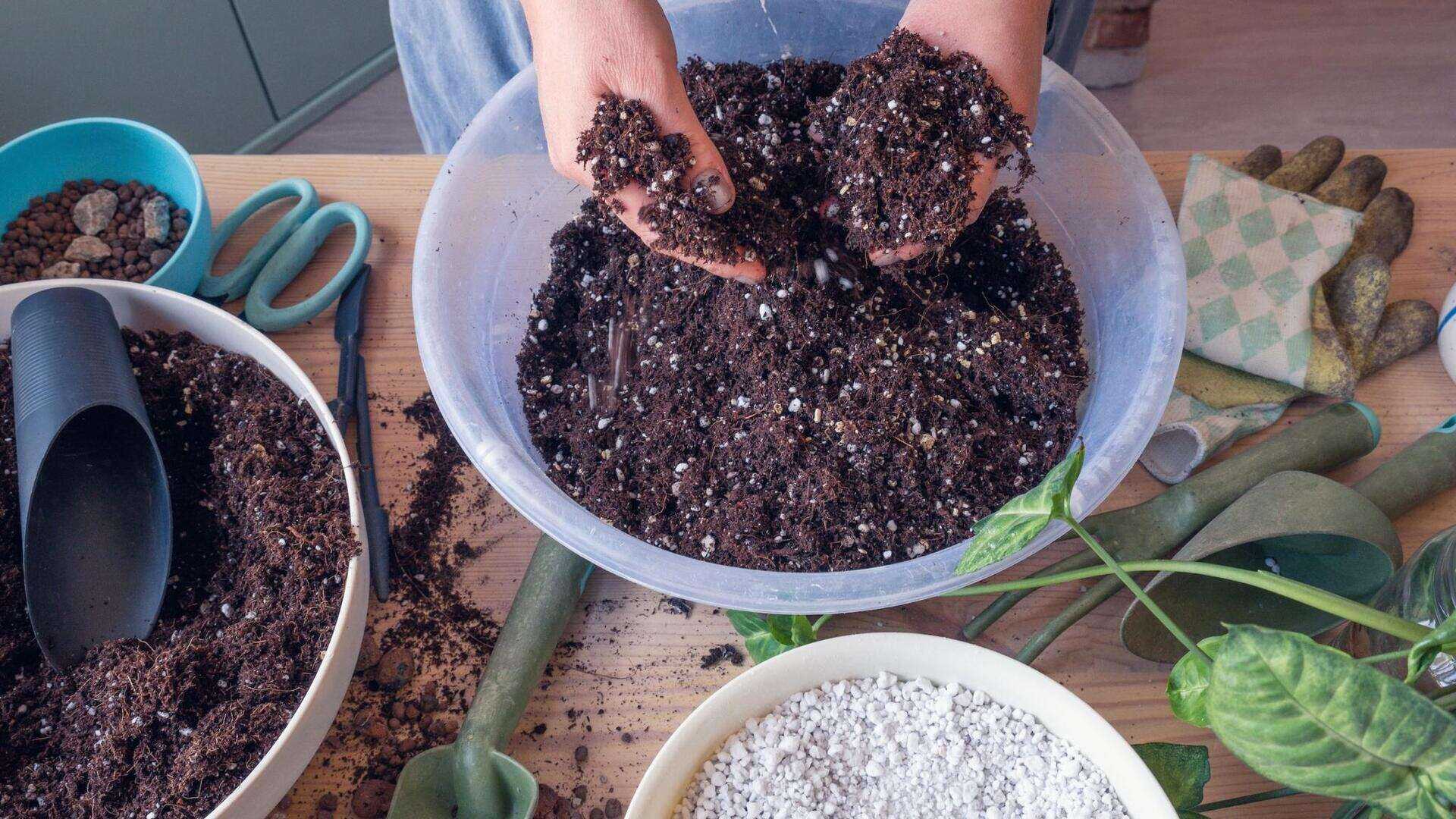
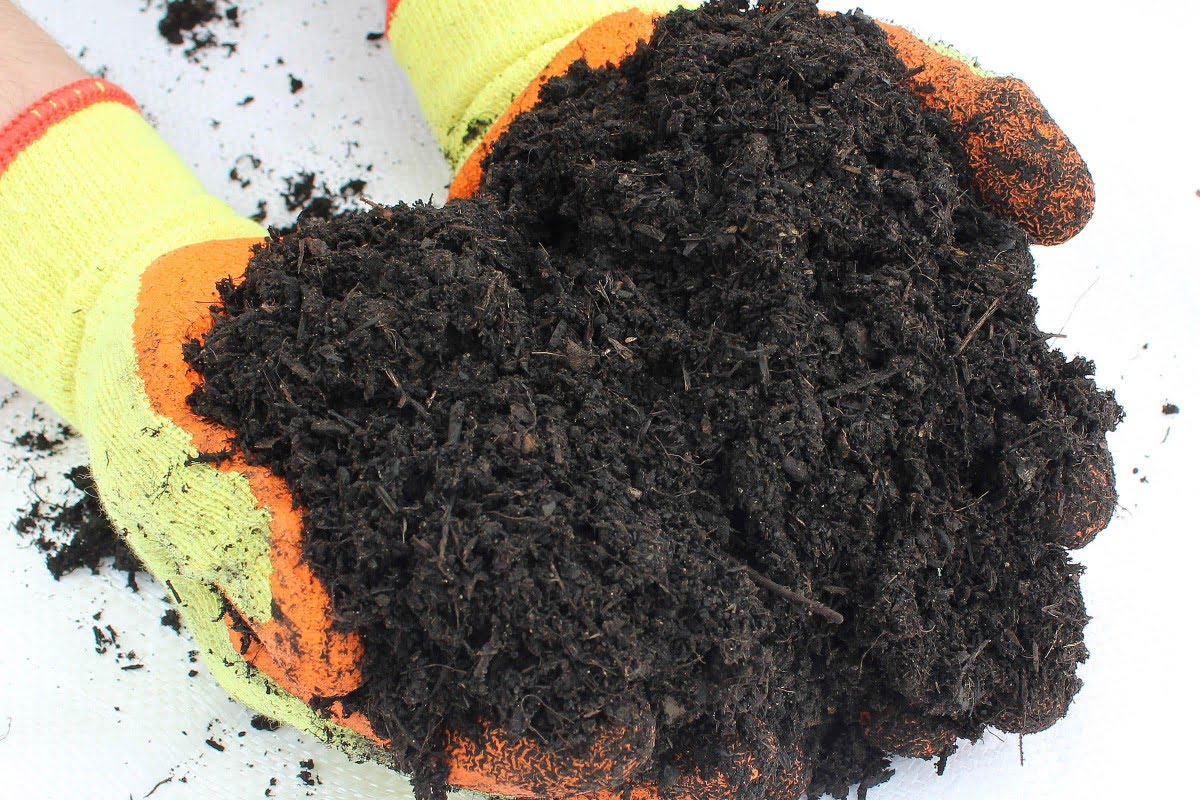
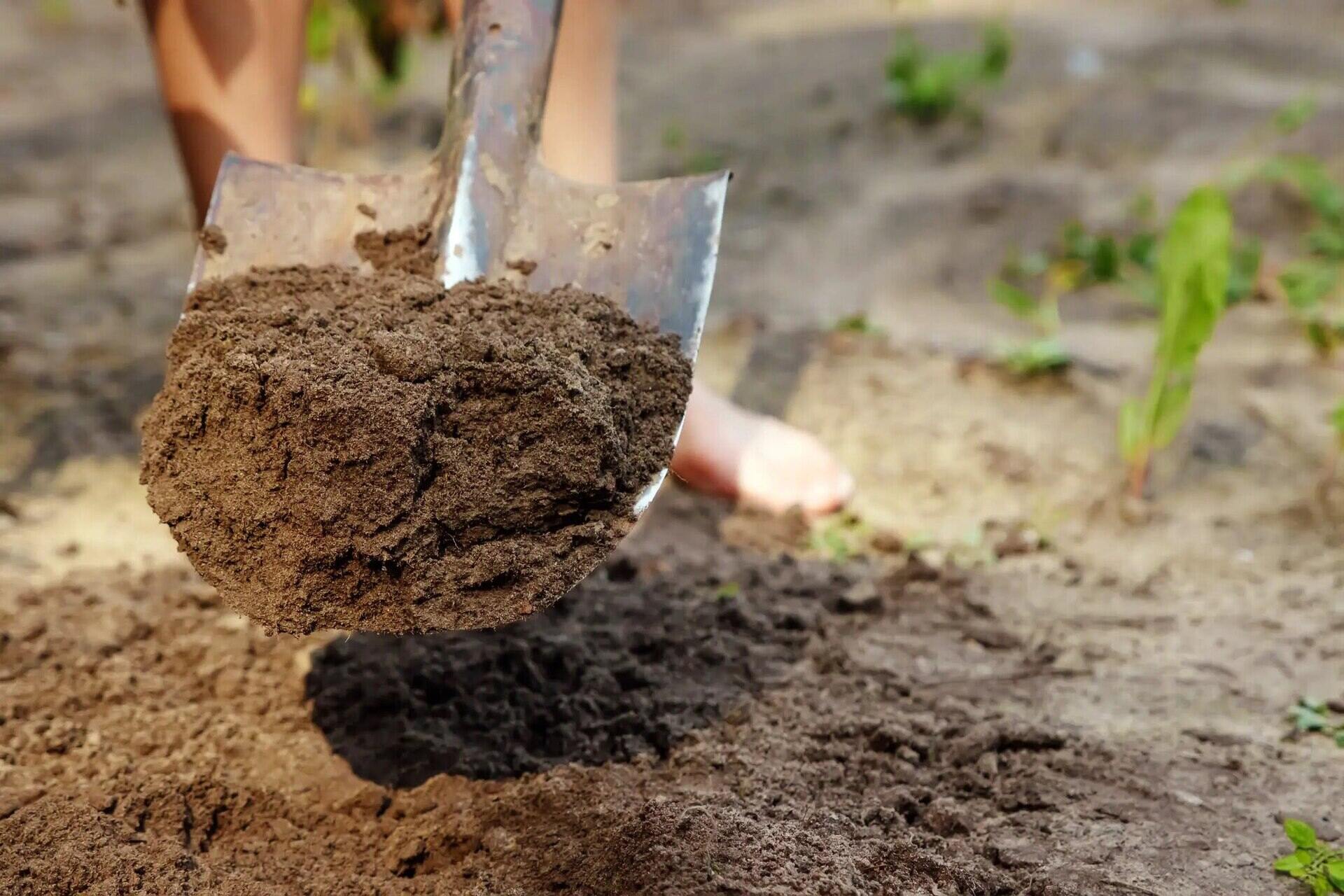

0 thoughts on “What Type Soil Mix For Lavender”